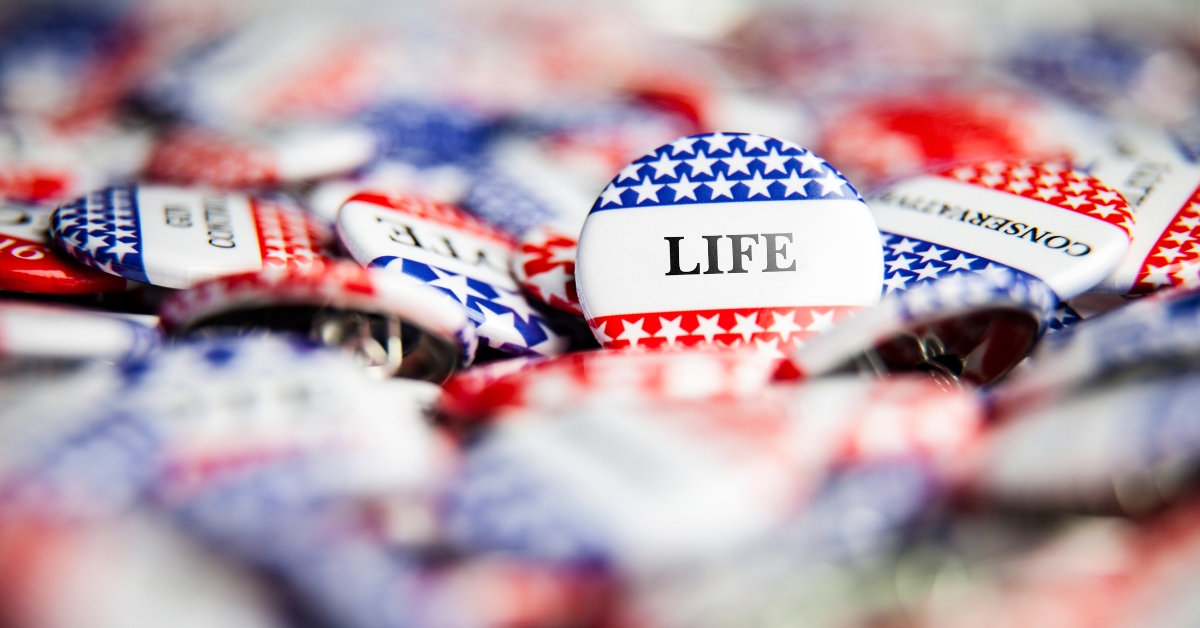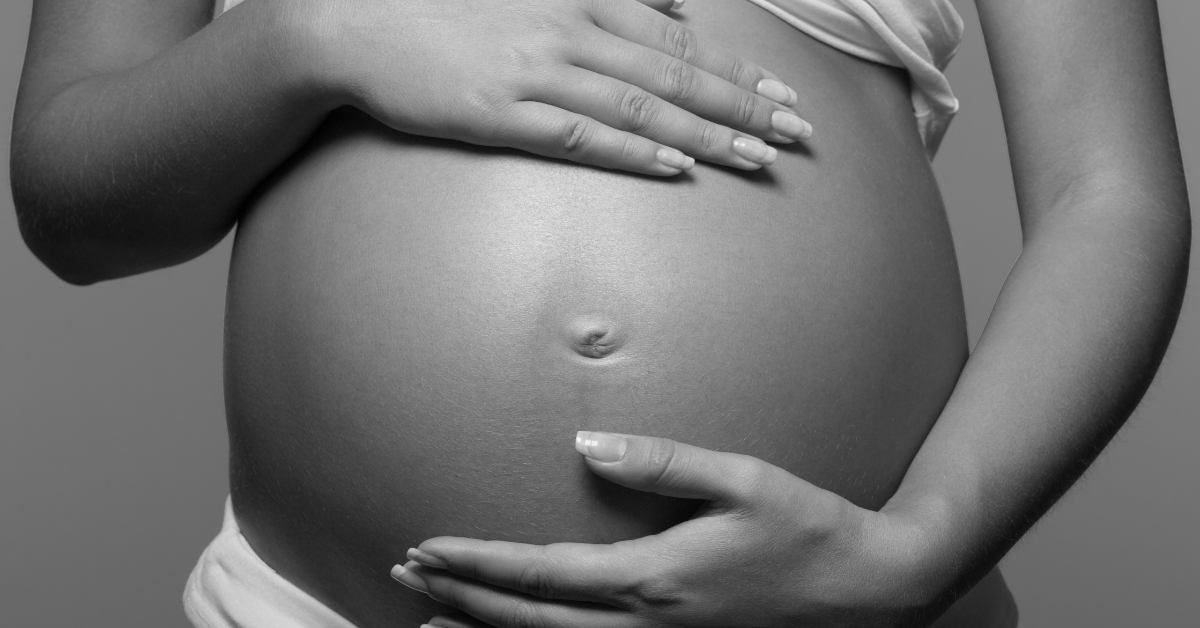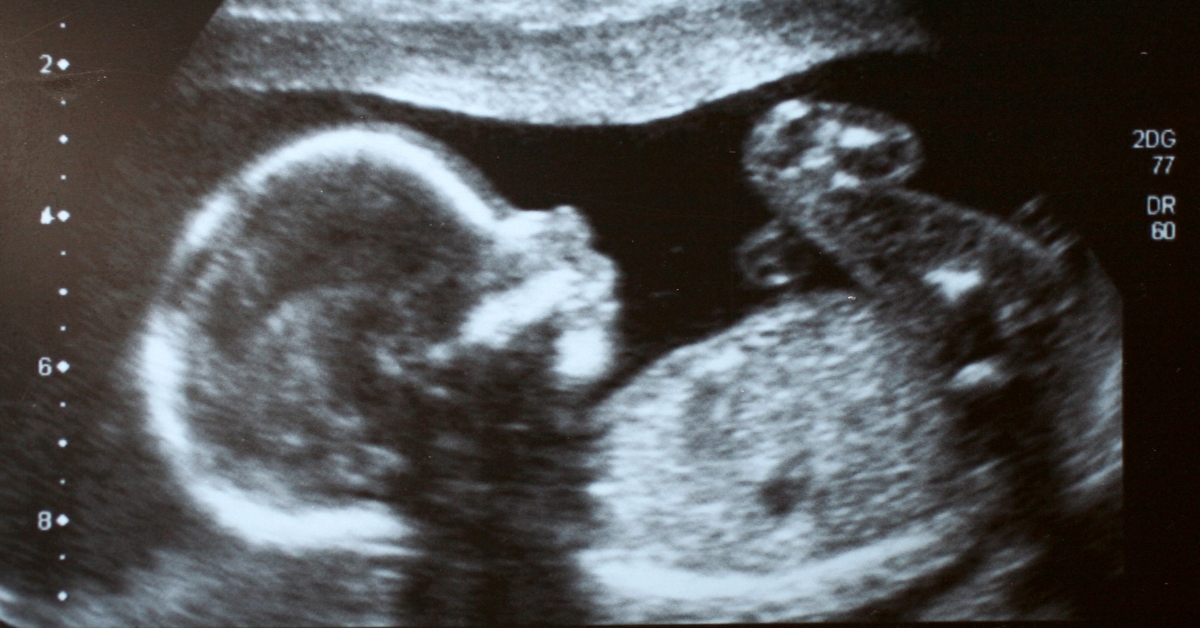
The Left Bought the Ohio Abortion Referendum
A recent report on the aftermath of Ohio’s Issue 1 vote reveals a staggering $67 million spent by radical abortion activists. This unprecedented spending, with a substantial influx of dark money from outside Ohio, prompts concerns about whether the vote truly represents the will of the state’s residents or if it reflects an excessive influence of leftist spending to sway opinions.
Marjorie Dannenfelser, President of Susan B. Anthony Pro-Life America, emphasized the imbalance in spending, with pro-abortion forces outspending pro-life advocates 2:1. The campaign, marked by what Dannenfelser called “lies and deception,” aimed to push a constitutional amendment allowing unlimited, unregulated abortion.
Significantly, the largest donations supporting the pro-abortion campaign came from outside Ohio, with the progressive Sixteen Thirty Fund contributing $5.3 million. This fund, backed by Swiss billionaire Hansjörg Wyss, fueled the pro-abortion “yes” campaign.
Beyond the financial aspect, pro-abortion forces flooded TV and online platforms with misleading ads, falsely claiming that without Issue 1, women would die or be denied healthcare for miscarriage or ectopic pregnancies. Contrary to these claims, every state with an abortion ban allows comprehensive medical care for pregnant women.
Dannenfelser raised concerns about how pro-choice groups framed Issue 1, misrepresenting it as a situation where “women would be left to die.” She highlighted the misleading ballot language, fostering the perception that the amendment allowed for limits on abortion after viability when, in reality, it contained a vague “health” exception, serving as a loophole for late-term abortion without limits.
The media’s role in amplifying these false claims was criticized by Dannenfelser, who argued that the media failed to fact-check the ads and instead perpetuated additional false assertions about Issue 1 allowing abortions up to birth.
The Ohio results, tainted by massive pro-abortion spending, starkly differ from Gallup’s polling this summer. Gallup found that 49% of Americans take a pro-life stance opposing all or most abortions, while 47% support all or most abortions. Ohio exit polling revealed that one-third of Issue 1 supporters didn’t endorse abortions up to birth; they voted for exceptions such as rape, incest, or life of the mother.
Despite the overall pro-life stance of Americans, radical abortion activists, fueled by anger over the overturning of Roe v. Wade, show higher voter turnout. To counter this, pro-life groups must emphasize the positive impacts of decisions like the Dobbs case, engage in voter identification and turnout efforts, and secure funding to overcome the massive financial disparity.
As Ohio grapples with the aftermath of Issue 1, the broader challenge for the pro-life movement is to navigate the landscape of big money influencing abortion advocacy and ensure that voters are informed and not swayed by misleading campaigns.














